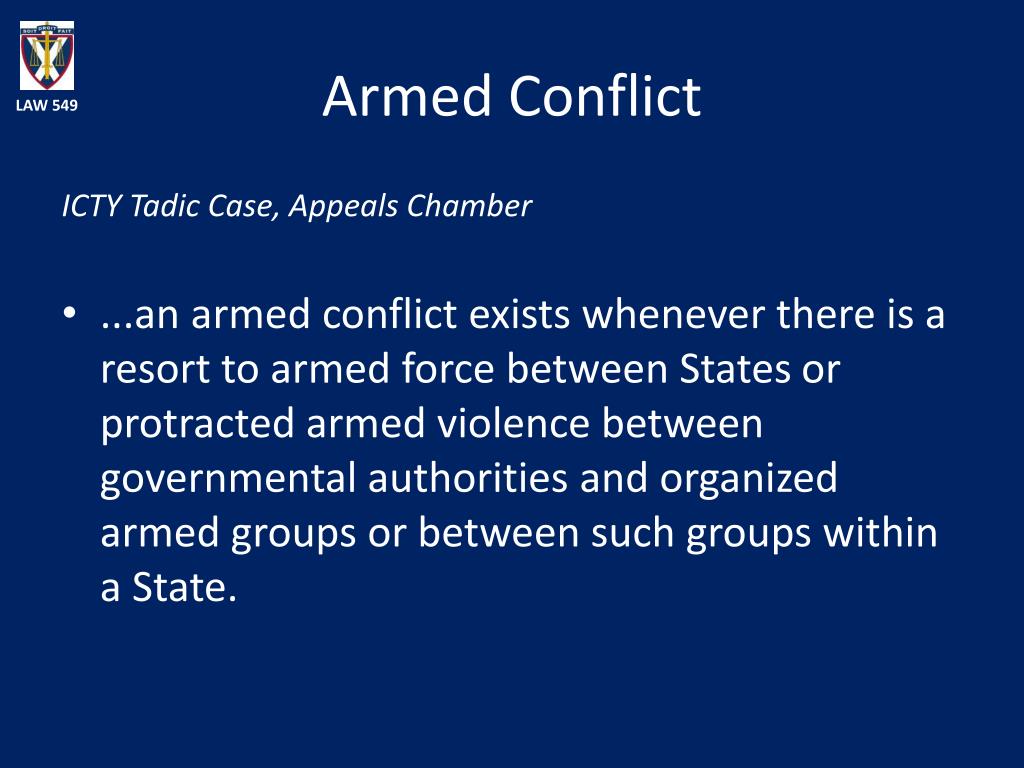

The 2014 “Defence Investment Pledge” (DIP) – made by Allies at the 2014 Wales Summit, the first NATO summit held after the illegal annexation of Crimea – established an important baseline by setting the goal of at least 2% of GDP spent on defence by all Allies as a political commitment agreed at the level of Heads of State and Government. The issue has become even more acute since Russia’s full-scale invasion of Ukraine in February 2022, which demonstrated that the risk of a major conflict involving a nuclear armed potential adversary was not as remote as many had hoped.

The profound degradation of the security environment since the illegal annexation of Crimea by the Russian Federation in 2014 has renewed the burden-sharing debate amongst Allies. In this context, how much is enough for each Ally? European Allies and Canada are, often rightfully, criticised by the United States for not carrying their fair share of the collective-defence burden. Defence spending, therefore, needs to be well aligned with the security environment – but how much is enough? Second, defence spending is greatly connected to the debate on burden sharing.


 0 kommentar(er)
0 kommentar(er)
